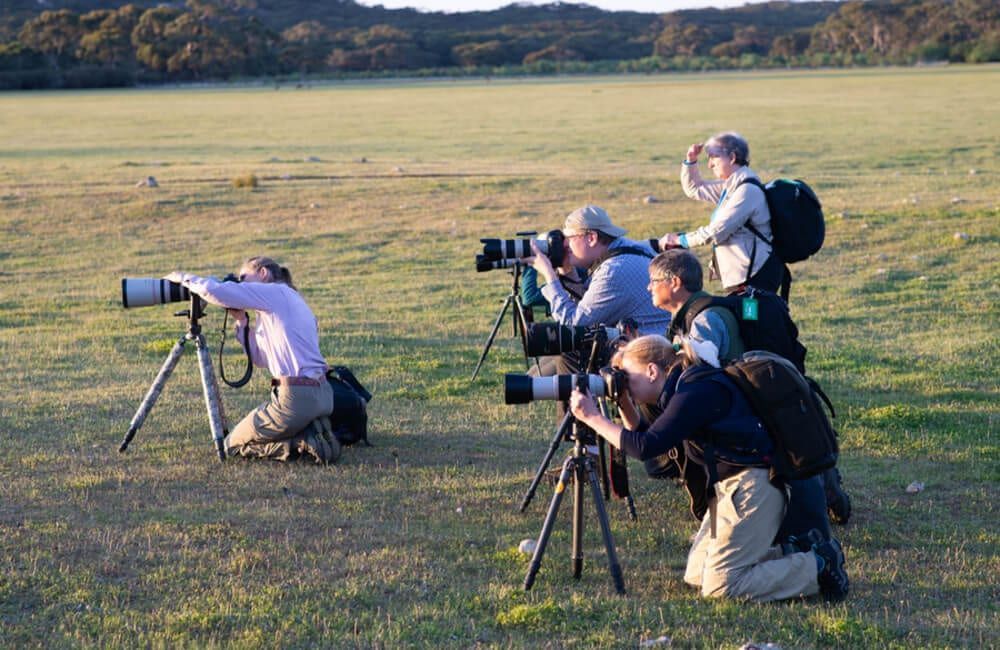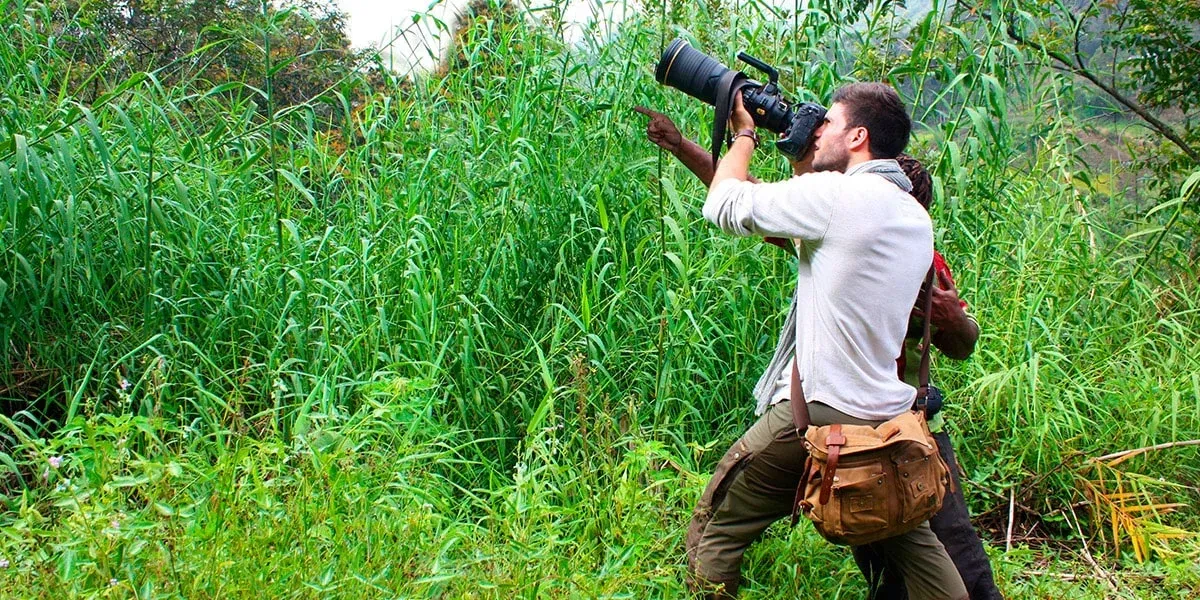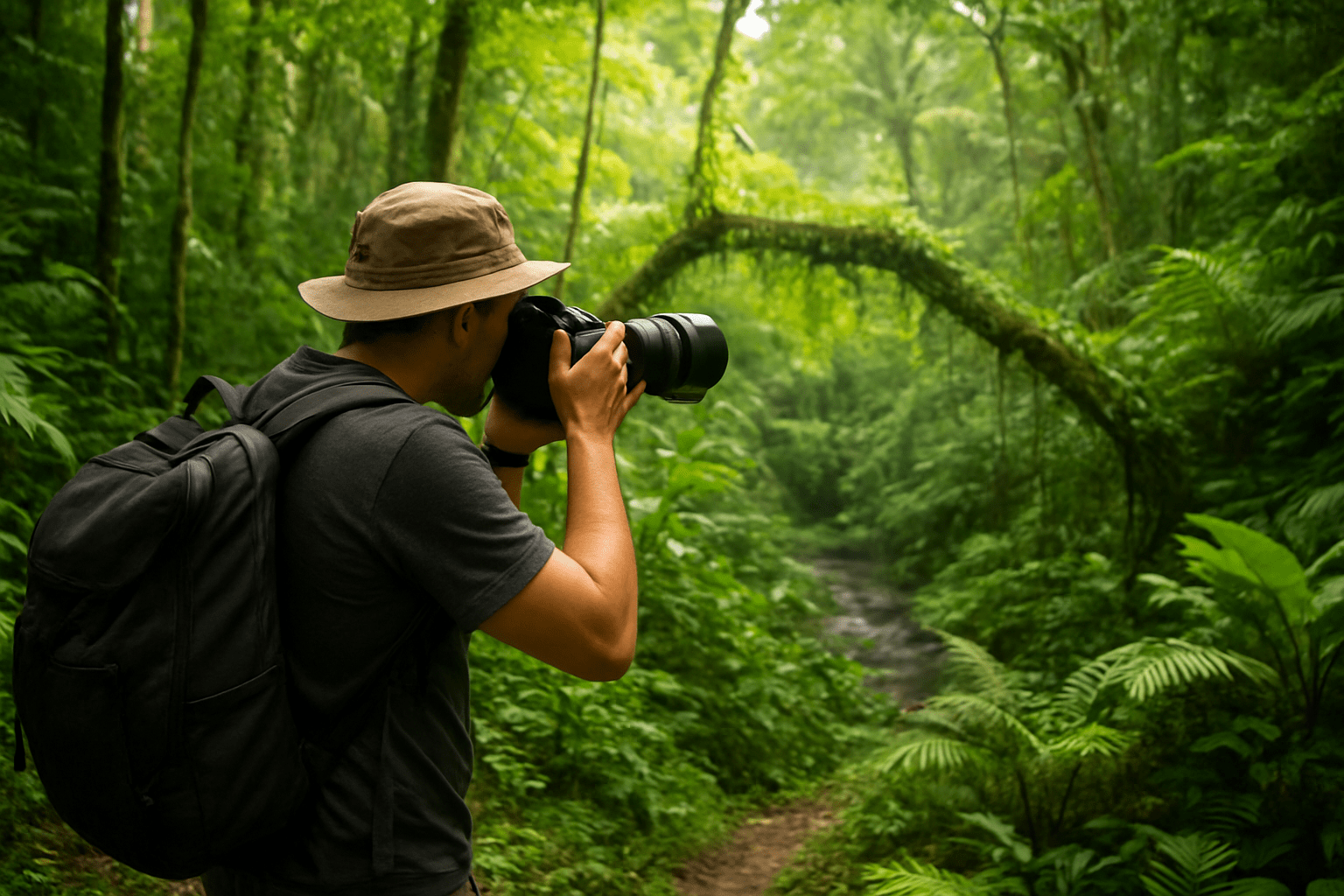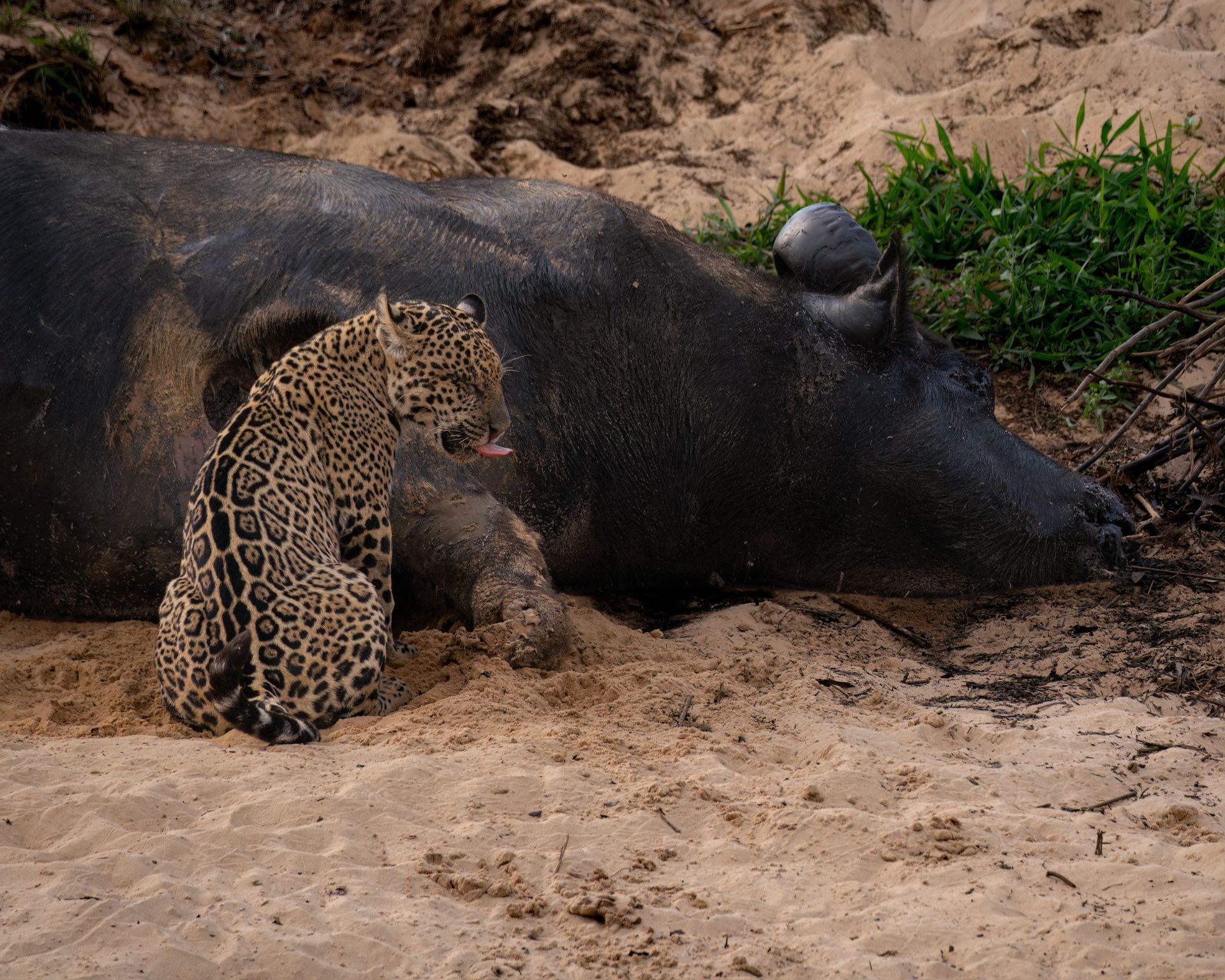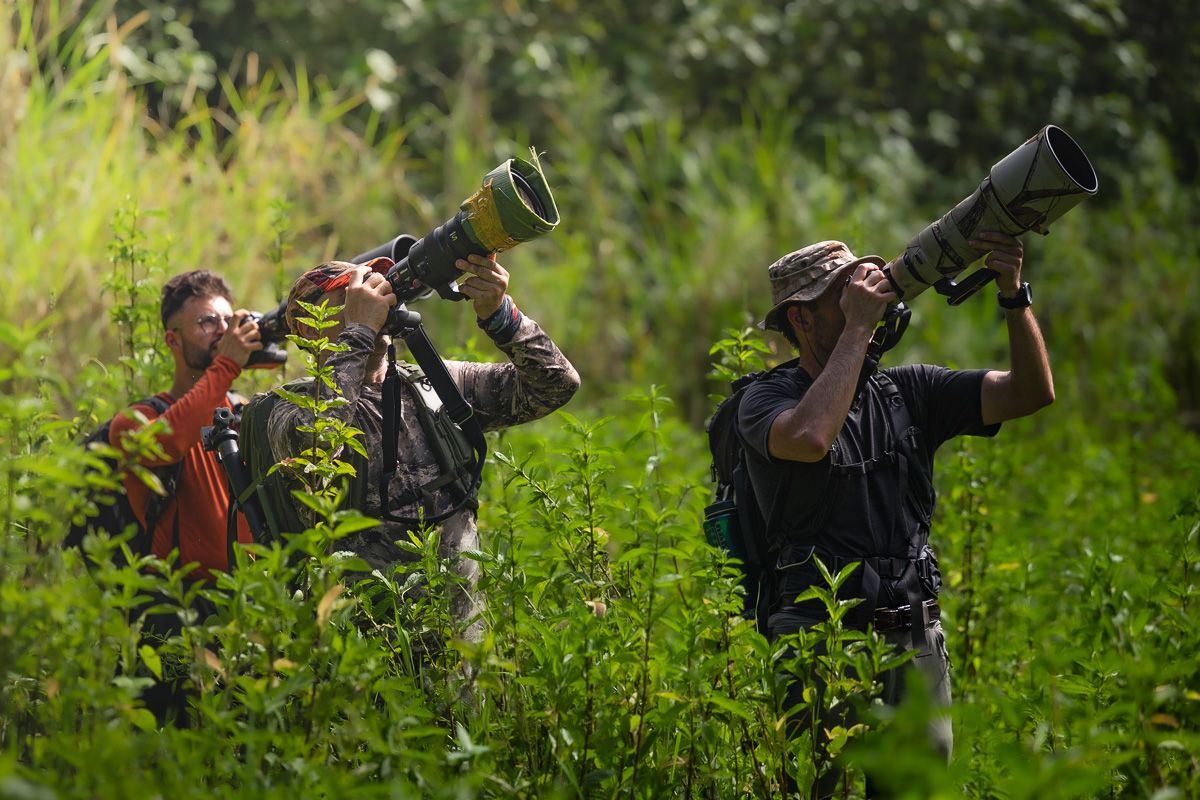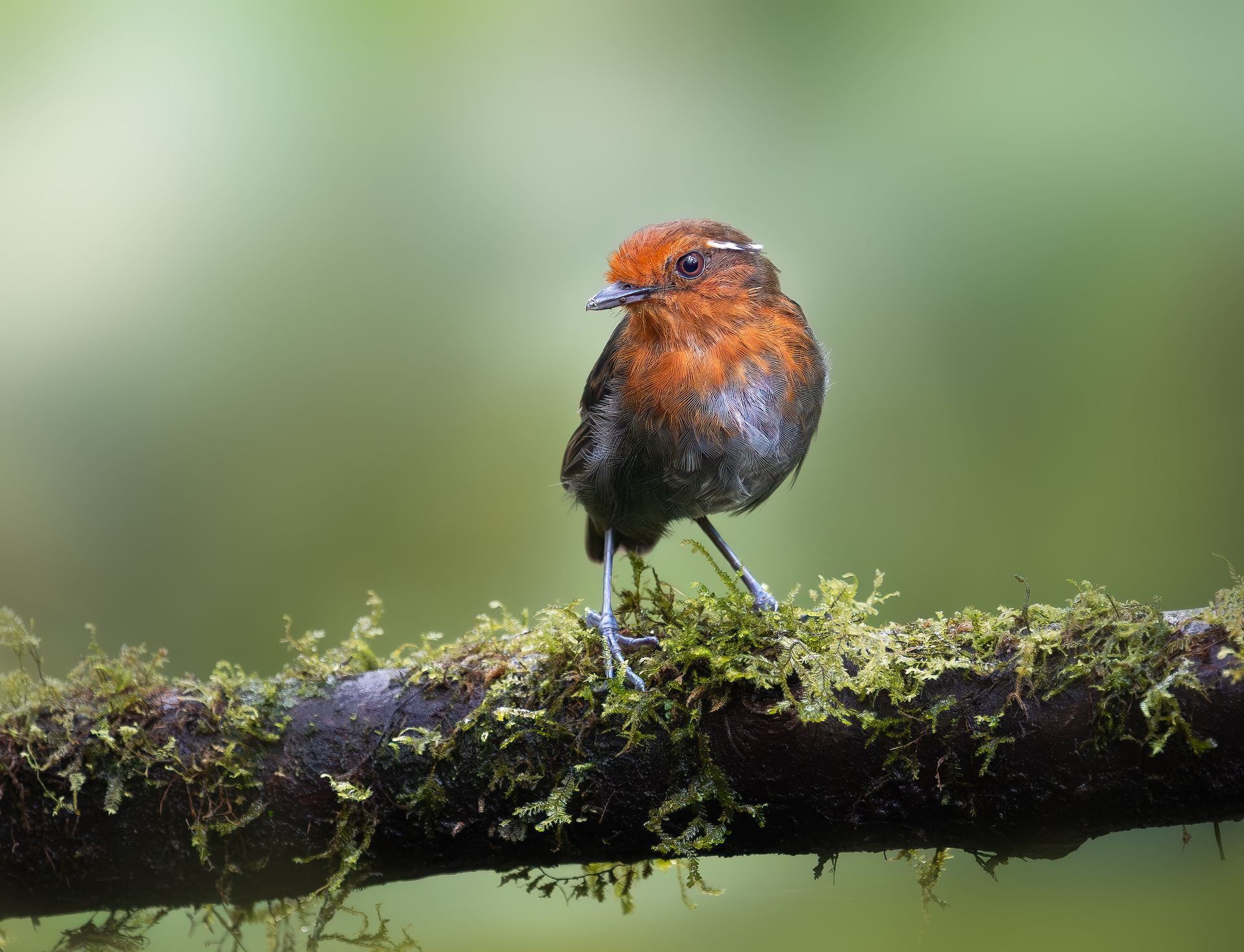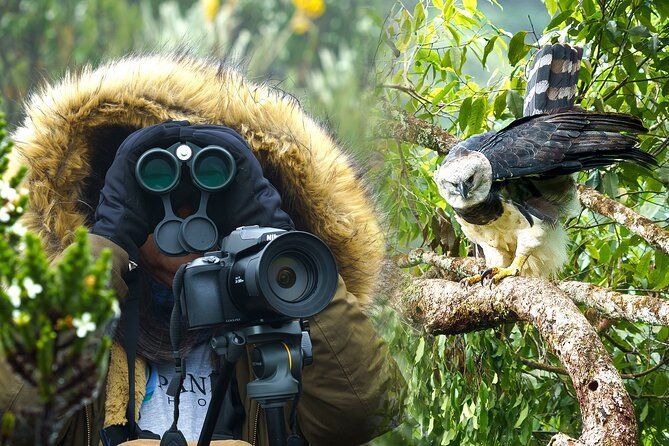The Chocó Region: Photographing Colombia's Rainforest Birds
The Chocó Region: Photographing Colombia's Rainforest Birds
The Chocó Biogeographic Region, stretching along Colombia’s Pacific coast and into Ecuador and Panama, is one of the most biodiverse and rain-rich areas on the planet. Known for its lush rainforests, heavy rainfall, and unique wildlife, the Chocó is a dream destination for bird photographers. With its endemic species, vibrant colors, and atmospheric rainforest settings, this region offers both breathtaking challenges and unmatched rewards for those who venture here with a camera.
In this guide, we’ll explore the Chocó’s ecological richness, highlight its most photogenic birds, reveal top destinations, and provide practical tips for photographers who want to capture the essence of this extraordinary rainforest.
Introduction: The Allure of the Chocó
The Chocó is not your average birding destination. Unlike Colombia’s high Andes or open páramos, the Chocó rainforest is:
- Dense and atmospheric – with towering trees, vines, and thick canopy cover.
- Moist and unpredictable – annual rainfall exceeds 8,000 mm in some areas, among the highest in the world.
- Exceptionally diverse – it harbors an estimated 700 bird species, many of which are rare or endemic.
For photographers, this translates into opportunities to capture rare species in dramatic rainforest light, framed by rich vegetation and vibrant greenery.
1. Biodiversity of the Chocó
The Chocó’s extraordinary diversity stems from its geographic isolation and unique climate:
- Sandwiched between the Pacific Ocean and the Andes Mountains, the region forms a natural corridor of endemism.
- It is recognized as one of the “Global Biodiversity Hotspots”, home not just to birds but also mammals, amphibians, and plants found nowhere else.
- For bird photographers, the region offers species that cannot be seen in the Andes, Amazon, or Caribbean.
This makes the Chocó an essential stop for anyone documenting Colombia’s avian wonders.
2. Photogenic Bird Species of the Chocó
The Chocó hosts a treasure trove of striking and rare birds, many of which are coveted subjects for photography.
Hummingbirds
- Velvet-purple Coronet (Boissonneaua jardini): famous for its iridescent purple plumage.
- Violet-tailed Sylph (Aglaiocercus coelestis): long, iridescent tail feathers shimmer in rainforest light.
- Empress Brilliant (Heliodoxa imperatrix): large, elegant, and beautifully colored.
Tanagers
- Glistening-green Tanager (Chlorochrysa phoenicotis): a stunning, neon-green bird that blends with mossy branches.
- Golden-chested Tanager (Bangsia rothschildi): rare and localized to the Chocó.
- Black-chinned Mountain-Tanager (Anisognathus notabilis): colorful, high-altitude specialist often seen at feeders.
Toucans and Barbets
- Chocó Toucan (Ramphastos brevis): an emblematic bird with striking yellow and black plumage.
- Toucan Barbet (Semnornis ramphastinus): beautifully patterned and photogenic, often found in pairs.
Antbirds and Ground Dwellers
- Stub-tailed Antbird (Sipia berlepschi): elusive, thrives in dense understory.
- Ocellated Antbird (Phaenostictus mcleannani): dramatic plumage and often follows army ant swarms.
Parrots and Other Rainforest Icons
- Blue-headed Parrot (Pionus menstruus): common but colorful and engaging.
- Rose-faced Parrot (Pyrilia pulchra): a Chocó specialty with unique facial markings.
These species, combined with the rainforest’s mysterious light and rich backgrounds, make for unparalleled photography opportunities.
3. Top Bird Photography Destinations in the Chocó
Several reserves and towns serve as excellent entry points for photographers:
1. Anchicayá Valley (Valle del Cauca)
- Easily accessible from Cali.
- Famous for mixed flocks, tanagers, and hummingbirds.
- Photographers can capture Velvet-purple Coronets at feeders.
2. Bahía Solano and Nuquí (Pacific Coast)
- Coastal rainforest habitats rich in parrots, toucans, and raptors.
- Opportunities for combining bird photography with whale watching (seasonal).
3. Reserva Natural Río Ñambí (Nariño)
- Cloud forest jewel with an astonishing 300+ bird species.
- Perfect for tanagers, hummingbirds, and antpittas.
4. Reserva La Planada (Nariño)
- A stronghold for endemic and threatened species, including Rose-faced Parrots.
- Excellent trails for photographers who prefer natural perches over feeders.
5. Cerro Montezuma (Tatamá National Park)
- Though straddling the western Andes, Montezuma is influenced by Chocó conditions.
- Home to more than 650 bird species, including Chocó endemics.
Each site offers different birding conditions, from feeders with controlled lighting to wild rainforest trails demanding patience.
4. Challenges of Photographing Birds in the Chocó
While rewarding, the Chocó presents unique challenges for bird photographers:
- Low light: Dense canopy and frequent rain reduce natural light, requiring fast lenses and higher ISO.
- Humidity and rain: Constant moisture can damage equipment; waterproof covers and silica gel packs are essential.
- Dense vegetation: Birds often hide in understory or canopy, limiting clear views.
- Elusive behavior: Many species are shy or follow unpredictable army ant swarms.
Overcoming these obstacles requires adaptability, patience, and preparation.
5. Essential Photography Gear for the Chocó
For success in this challenging environment, consider bringing:
- Camera body with strong low-light performance.
- Fast telephoto lens (300mm–600mm, f/2.8–f/5.6) for birds in canopy and understory.
- Rain covers and waterproof backpacks to protect gear.
- Tripod or monopod for stability in low light.
- Flash with diffuser – useful in dark understory, but use ethically to avoid disturbing birds.
- Macro lens – the Chocó is also rich in butterflies, frogs, and insects.
6. Techniques for Capturing Birds in the Rainforest
Photographing in the Chocó requires adjusting your approach:
- Use high ISO confidently – modern cameras handle noise well, and sharpness is more important.
- Wait at feeders – many lodges maintain feeders that attract hummingbirds and tanagers.
- Focus on natural perches – moss-covered branches and orchids make ideal frames.
- Capture behavior – feeding, preening, and courtship displays add storytelling value.
- Leverage rain and mist – rather than avoiding weather, use it to create atmospheric shots.
7. Conservation Importance of the Chocó
The Chocó is one of the most threatened ecosystems in Colombia due to:
- Deforestation for logging and agriculture.
- Mining and road construction fragmenting habitats.
- Climate change altering rainfall patterns.
Bird photography and ecotourism play a vital role in conservation:
- Supporting reserves and community lodges helps protect forests.
- Raising awareness through imagery brings international attention to threatened species.
- Non-extractive tourism ensures local communities benefit without exploiting natural resources.
Photographers become ambassadors for conservation, using their work to highlight the Chocó’s fragile beauty.
8. Best Seasons and Times for Photography
- Dry season (July–September, January–March) offers slightly less rain, better trail access, and more predictable light.
- Early mornings (6–9 AM) are peak activity for most birds.
- Afternoons (4–6 PM) often bring mixed flocks through mid-canopy.
- Rainy days can still yield excellent hummingbird activity near feeders.
Planning around weather is essential in a rainforest where showers are frequent and unpredictable.
9. Stories from the Field
Many photographers recall their first trip to the Chocó as both frustrating and magical. For example:
- Waiting hours in the rain only to capture a fleeting glimpse of a Toucan Barbet.
- Watching a Velvet-purple Coronet shimmer like a jewel in the dim light of a feeder.
- Following the raucous calls of Rose-faced Parrots until they burst into view against the misty canopy.
These moments remind photographers that in the Chocó, success often comes to those willing to endure the challenges.
10. Planning Your Photography Trip to the Chocó
Here are key tips for organizing your journey:
- Base yourself in eco-lodges and reserves: they offer feeders, guides, and rainforest access.
- Hire local guides: their expertise in spotting elusive species is invaluable.
- Travel light but weather-proofed: carrying too much gear on muddy trails can be exhausting.
- Respect nature: avoid playback abuse or excessive flash use.
- Combine destinations: pair Chocó photography with nearby Andes or Pacific coast birding.
Conclusion: The Chocó, a Rainforest Like No Other
Photographing birds in Colombia’s Chocó Region is both a challenge and a privilege. The dense rainforest, constant rain, and elusive species push photographers to their limits, yet the rewards are unparalleled: endemic hummingbirds, brilliant tanagers, rare toucans, and the atmosphere of one of Earth’s richest ecosystems.
For bird photographers, the Chocó is more than just a destination—it is a rite of passage. Those who venture into its misty forests not only return with unforgettable images but also become part of a larger mission to celebrate and protect this vital rainforest.
In the end, the Chocó is not just about photographing birds; it’s about experiencing the magic of Colombia’s living, breathing rainforest—a place where every click of the shutter preserves a piece of one of the planet’s most remarkable biodiversity hotspots.



